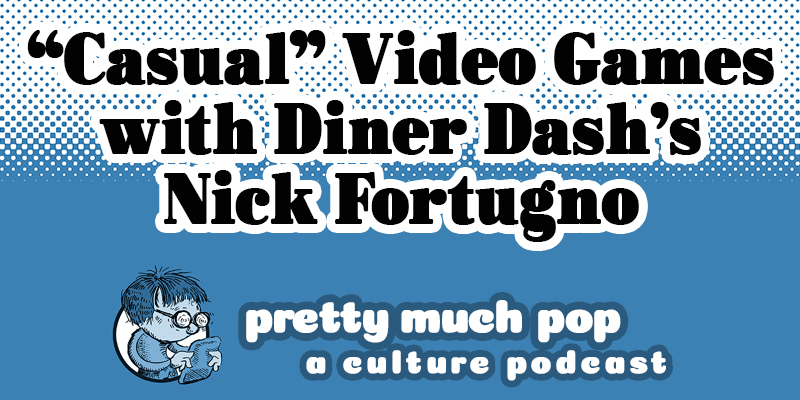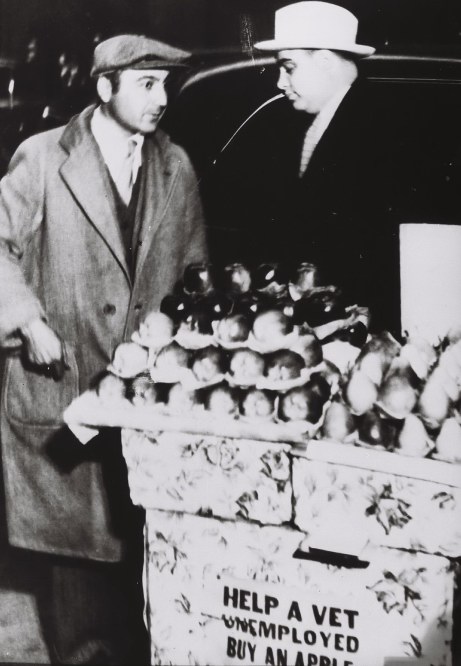When beloved actor Bill Nunn died in September of 2016, two months before the election, his passing felt prophetic of more bad things to come. Best known as the boombox-toting, ultimate Public Enemy fan Radio Raheem in Spike Lee’s 1989 film Do the Right Thing, Nunn’s character is murdered by a gang of cops, who put him in a chokehold and suffocate him. At the time, Raheem’s death was a fictional restatement of what had come before, as Lee explains above in the 30th anniversary commentary on the film.
“I’m renaming this ‘Anatomy of a Murder,’” he says, explaining how he based the scene of Raheem’s death on the 1983 killing of graffiti artist Michael Stewart, who was strangled by 11 NYC transit officers. “The things that are happening in this film,” he says, “are still relevant today.” Lee then references the death of Eric Garner, killed in exactly the same way as Raheem. Now we have seen the murder of George Floyd, asphyxiated with a knee to the neck. These on-camera killings are traumatic, but Lee has not shied away from the power of documentary images.
He reclaimed his place as a big-budget interpreter of American racism with BlackkKlansman, a fictionalized film that ends with extremely hard-to-watch (especially for those who were there) real footage of the murder of anti-racist activist Heather Heyer in Charlottesville. Lee faced a good deal of criticism over the use of this video, but he has again taken real-life footage of racially-motivated killings, this time by the police, and cut them together with fiction, editing together the death of Raheem with the deaths of Garner and Floyd.
3 Brothers-Radio Raheem, Eric Garner And George Floyd. pic.twitter.com/EB0cXQELzE
— Spike Lee (@SpikeLeeJoint) June 1, 2020
Calling the short “3 Brothers,” he opens with the question, “Will History Stop Repeating Itself?” Lee Debuted the film on the CNN special “I Can’t Breathe: Black Men Living & Dying in America.” The cumulative effects of history are critical to understanding the moment we are in, he says. The rage and protest on streets around the world are not a reaction to a single event—they are a confrontation with hundreds of years of violent control over black bodies, a state of affairs always including murder with impunity. “The attack on black bodies has been here from the get-go,” Lee says.
Lee’s short is hard to watch, and I don’t blame anyone who never wants to see this footage again (I don’t). The murders of individual, unarmed black men by groups of officers take on an eerie monotony in their sameness over time. “The killings caught on camera,” writes historian Robert Greene II, “offer a disturbing reminder of the numerous photographs of lynchings dispersed throughout the nation in the early twentieth century. Some were catalogued by the NAACP and displayed as examples of American brutality and barbarism. Others, however, were featured on postcards and sent to white Americans throughout the country, small trinkets of white terror.”
This chilling history gives rise to an understandable ambivalence about sharing videos of police killings. Are these evidence of barbarous injustice or racist snuff films running on an endless loop? As in the lynching photographs, it depends on the audience and the context in which the videos are shown. But when Spike Lee made Do the Right Thing—pre-Rodney King and cell phone cameras—hardly anyone outside of heavily policed black neighborhoods witnessed firsthand the kind of brutality that is now so depressingly familiar in our newsfeeds.
The death of Radio Raheem was shocking to audiences, as it was devastating to the characters and remains, for those who grew up with the film, a moving cinematic touchstone of the time. It is truly heartbreaking and enraging that such scenes have become common currency on social media, instead of historic examples of the brutality of the past—a story, as one person wrote of the 1968 police killing of poet Henry Dumas, of “generations of lost potential.”
via Boing Boing
Related Content:
Spike Lee Shares His NYU Teaching List of 87 Essential Films Every Aspiring Director Should See
How Spike Lee Got His First Big Break: From She’s Gotta Have It to That Iconic Air Jordan Ad
Spike Lee Directs, “Wake Up,” a Five-Minute Campaign Film for Bernie Sanders
Gil Scott-Heron Spells Out Why “The Revolution Will Not Be Televised”
Josh Jones is a writer and musician based in Durham, NC. Follow him at @jdmagness





